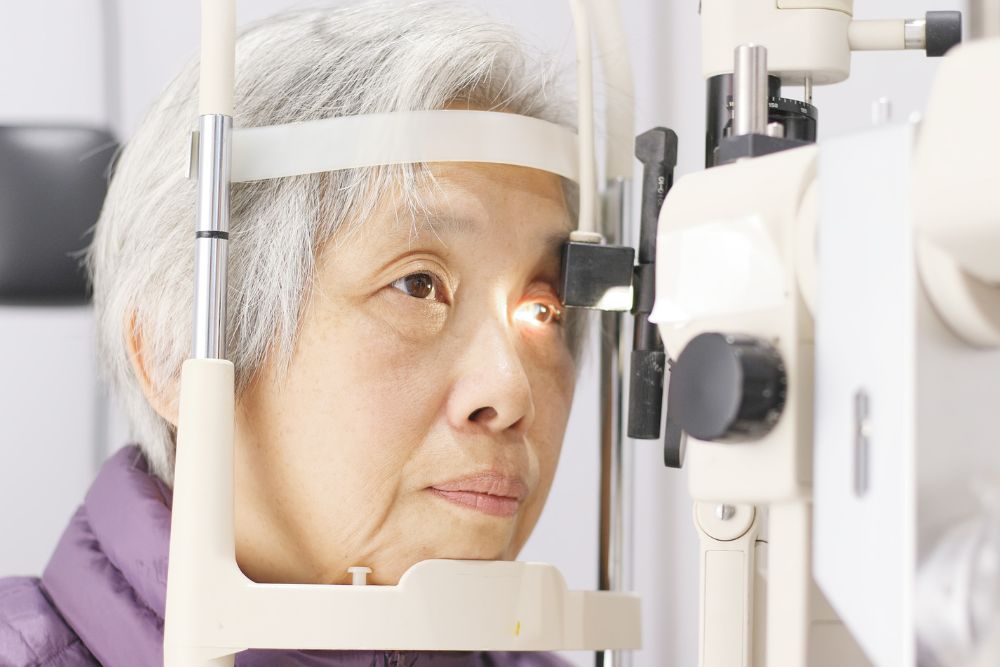Understanding Retinal Vein Occlusion: Different Types and Their Impact

Retinal vein occlusion is a condition that occurs when small veins in the back of the eye become blocked. As a result, blood can’t flow through them. This condition is painless but can cause damage to the macula, the center of the retina that translates light that enters your eye into the images you see, causing vision problems.
Types of RVO
There are two types of RVO:
- Central retinal vein occlusion (CRVO): The retina contains one artery and vein. CRVO occurs when there’s a blockage in the main portion of this vein.
- Branch retinal vein occlusion (BRVO): This type of RVO occurs when there’s a blockage in a branch of the main vein. BRVO is the most common type of RVO.
RVO Symptoms
The predominant symptom of RVO is sudden vision loss in one eye. It’s possible to lose total vision in one eye due to CRVO or part of it due to BRVO. Other symptoms include:
- Loss of peripheral, or side, vision
- Distorted vision
- Blind spots
RVO Complications
Vision issues are the main complication of RVO. However, the brain may learn to ignore input from the affected eye and instead take information from the unaffected eye. Once your RVO is treated, it may take time for your brain to adjust. This can cause issues with depth perception and balance.
Additional complications that can develop include:
- Macular edema: When blood leaks into the macula and causes swelling
- Vitreous hemorrhage: The presence of blood in the clear portion (vitreous) of the eye
- Neovascular glaucoma: The growth of new, often leaky blood vessels, sometimes in the wrong part of the eye
RVO Treatment Options
The goal of treatment for RVO is to slow or stop blood and fluid leakage into the eye and preserve vision. Treatment options include:
- Eye injections
- Steroid injections or a steroid implant
- Laser surgery
The outlook for RVO is better in younger individuals. In older adults, one-third of cases improve without treatment, one-third stay the same, and one-third worsen. The sooner you get treatment and address the underlying conditions contributing to RVO, the better your treatment options will be.
Is RVO Preventable?
RVO is usually caused by an underlying condition that causes blood clots. Properly managing cardiovascular conditions like high blood pressure, high cholesterol, and diabetes can reduce your risk of developing RVO. Steps to take include adopting a healthy diet and lifestyle, maintaining a moderate weight, and quitting smoking, if applicable.
Schedule an Appointment with a Retina Specialist
Both types of retinal vein occlusion can cause lasting damage to your vision if left untreated. If you have questions about RVO or are experiencing symptoms, schedule an appointment with California Retinal Consultants. Our expert retina specialists can effectively diagnose and treat RVO and other retinal conditions for patients throughout Central California, including Bakersfield, San Luis Obispo, Santa Barbara, and Valencia.
